The deadlift is a fundamental resistance exercise in which you pick up the barbell from the ground to your hip level. It is renowned for its ability to simultaneously engage multiple muscle groups, making it highly favored among trainers and fitness enthusiasts. This article will describe why deadlifts are so good, how to work them into your schedule safely and effectively, and how to derive the maximum benefit from this awesome exercise.
Benefits of Deadlifts
- Powerhouse for your posterior chain
This includes your erector spinae muscles, hamstrings, and glutes, which all belong to the group of the backside muscles. Good posture, stability, and explosive movements rely on a strong posterior chain of muscles that are central to any physical activity. With deadlifts, these muscles are targeted directly, resulting in growth in strength that is instrumental in performance and daily activity.
- Compound Exercise for Overall Strength and Muscle Mass
In contrast to isolation exercises which focus on a single muscle, deadlifts are compound exercises. Multiple joints and groups of muscles are activated, for instance, your core, glutes, hamstrings, and back. The culmination of these effects results in stamina gains and muscle mass that not only come from your posterior chain muscles but throughout your body.
- Functional Fitness for Daily Activities
Deadlifts simulate real-world tasks like lifting groceries, moving luggage, or gardening, thereby enhancing functional fitness for daily activities. Think of the ease of putting down your child or moving the furniture after you do it while deadlifting!
Who Should Do Deadlifts?
The deadlift is most likely one of the most versatile exercises that almost anybody can benefit from lifting weight provided they perform it properly to avoid injuries. It is always best to consult with your doctor or a certified personal trainer before starting any exercise program, especially if you have any pre-existing health condition or limitations.
Mastering Deadlift Form for Safety and Effectiveness
The correct form while doing deadlifts is very important to benefit from the exercise and not be injured in the process. Here’s key points to remember while doing deadlift.
- Maintain a Neutral Spine
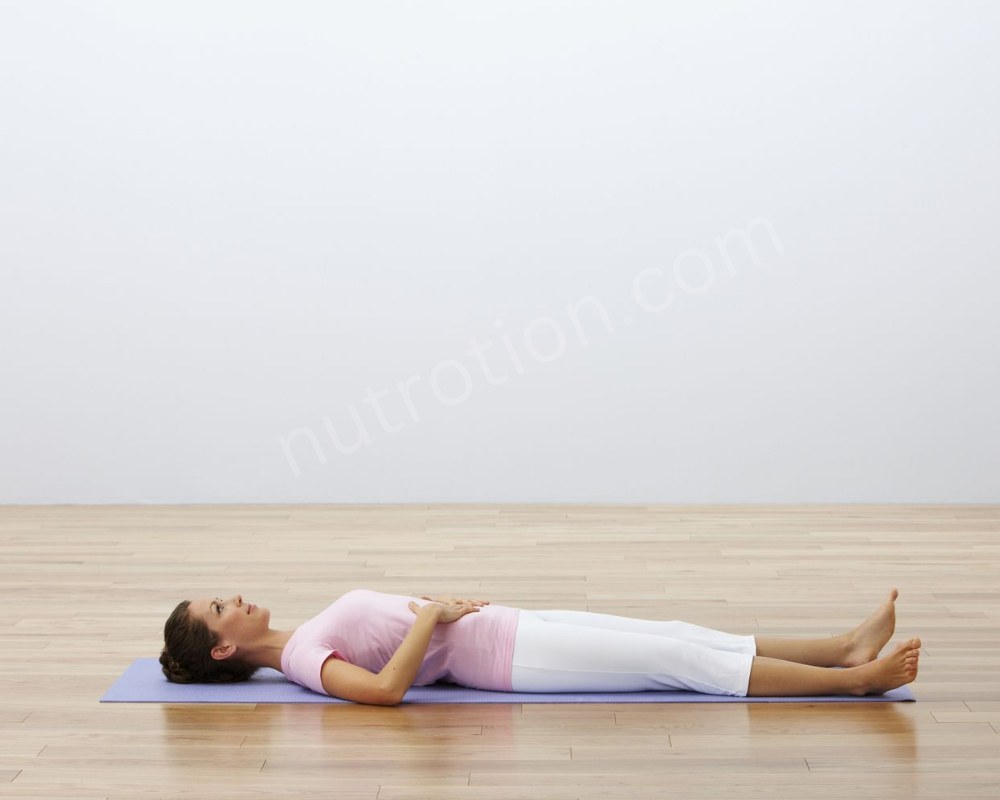
A neutral spine is equivalent to your back having a slight bend throughout while at the same time sustaining a natural arc. Never round your lower back because it may cause significant strain on your spine. Your spine is like a pole rather than a crooked banana.
- Engage Your Core

Your core will be the main balance axis during the deadlift. Engage your core muscles at the starting position and don’t let them relax during the whole movement. Visualize a contraction of your abs as if you’re about to be punched in the stomach.
- Hip Hinge Pattern
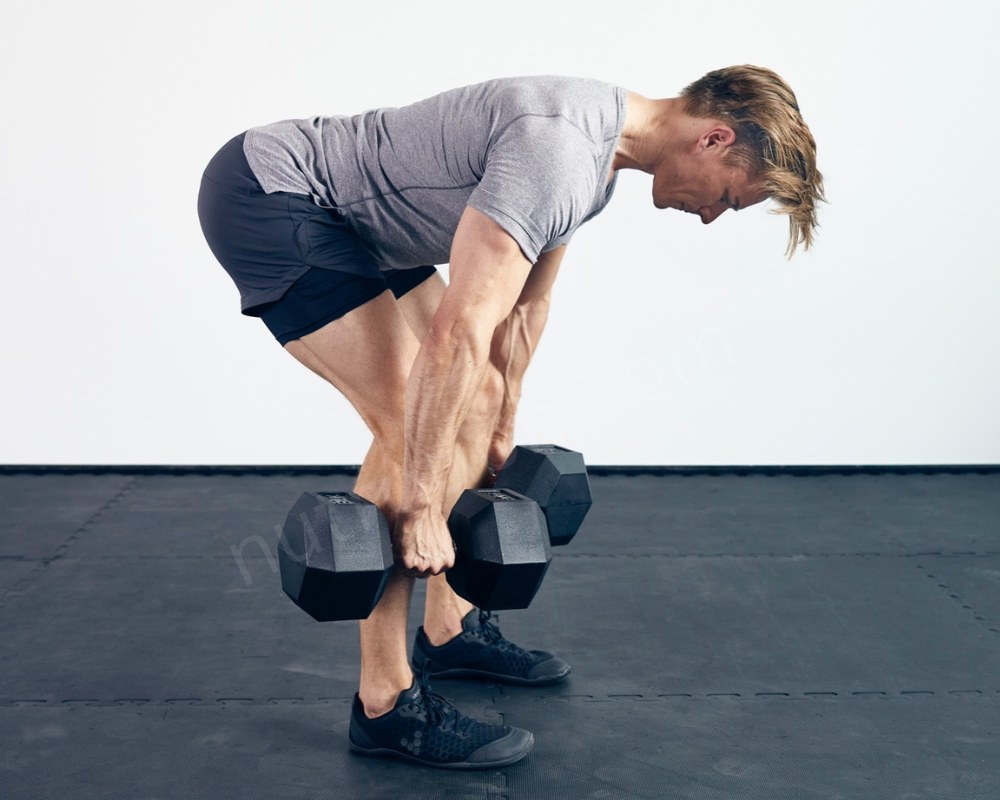
For instance, think of yourself as moving your hips back in order to bring you into the lift and not just bending over at your waist. This is crucial since your core and hamstrings are engaged correctly. Imagine slightly bending at your hips and knees together as if you were sitting down on a chair.
- The Barbell Path

The barbell should be close to the body all the way through the motion. This equally weight distribution and lower back stress minimization is achieved. Think of the barbell hitting your shins as it goes up.
- Controlled Lowering
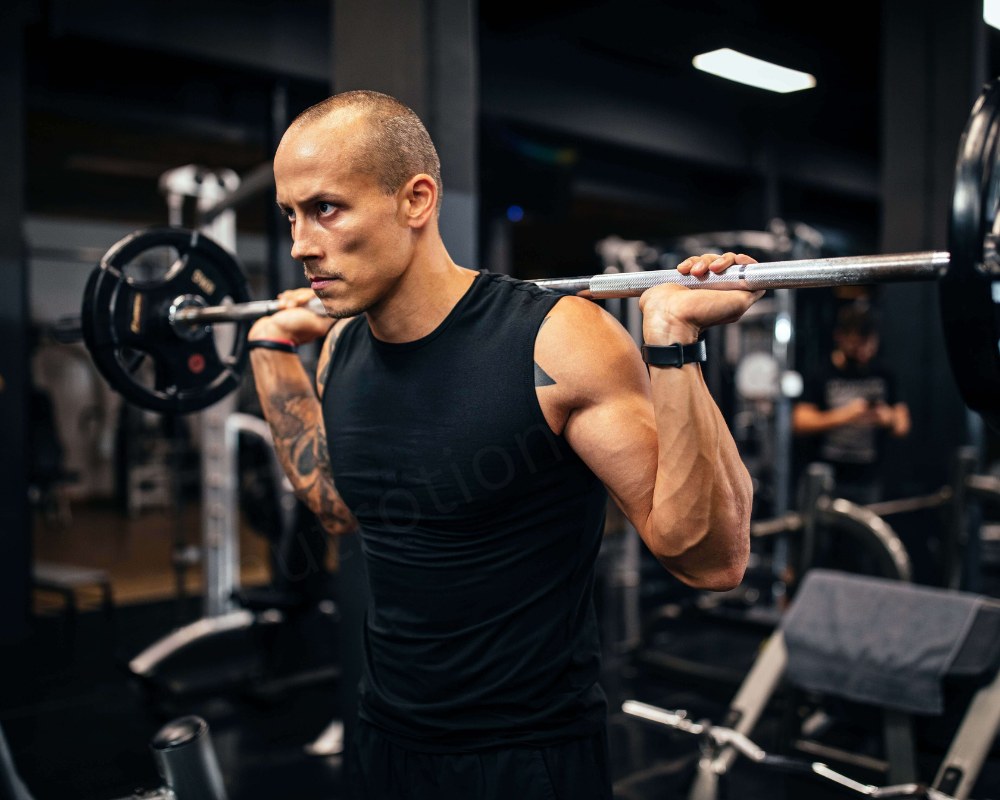
Do not simply undo the weight when you reach the highest position. Lower the bar with control to keep tension in the muscles to prevent injury. Decrease the weight load as slowly as you lifted it.
Getting Started with Deadlifts
If you are a beginner, first concentrate on using lighter weights and make sure that your form is OK before putting more weights on top. On the Internet, there are plenty of helpful resources that show you how to shape deadlift properly, in particular by video tutorials that explain proper form in detail. Along with this, you may consult a certified personal trainer who will be able to walk you through the exercise and ensure that you do it correctly and safely.
Here are some additional pointers for beginners
Warm-up
Start by warming up thoroughly with dynamic stretches and some light cardio to get your muscles ready for the deadlift. You will be able to move freely and reduce the possibility of injury by doing so.
Start light
Start with a weight that enables you to comfortably do the deadlift with correct form for several repetitions as a starting point. As your strength grows set the weight accordingly. Correct form is more important than lifting heavier weights.
Don’t go too heavy, too fast
The tendency to quickly add weight to accelerate progress, however, should resist. Concentrate on using the proper form and technique through your deadlift practice in order to prevent injuries. ts is said that the journey to the top is made step by step.
Focus on mind-muscle connection
Concentrate on the involvement of the target muscles during the whole movement while performing the deadlift. This will allow you to make the exercise more efficient and only work the target muscles. See yourself and feel the glutes and hamstrings working as you lift the weight.
Engaging in deadlifts with correct form and gradual progression is one of the best ways to exploit all the benefits that these exercises give your body. Here are some variations you can explore once you’ve mastered the conventional deadlift:
- Sumo Deadlift
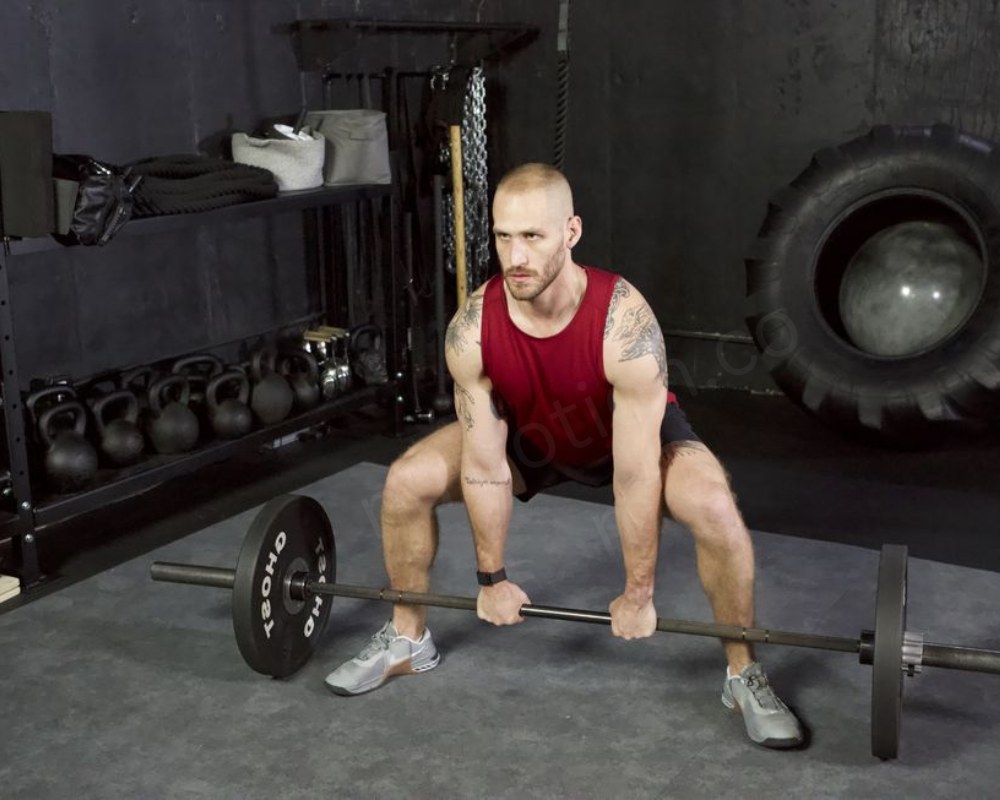
It widens the stance with a greater focus on your quads. It becomes a viable alternative for those with compromised hip mobility and for those who like having a more quad-oriented deadlift.
- Romanian Deadlift
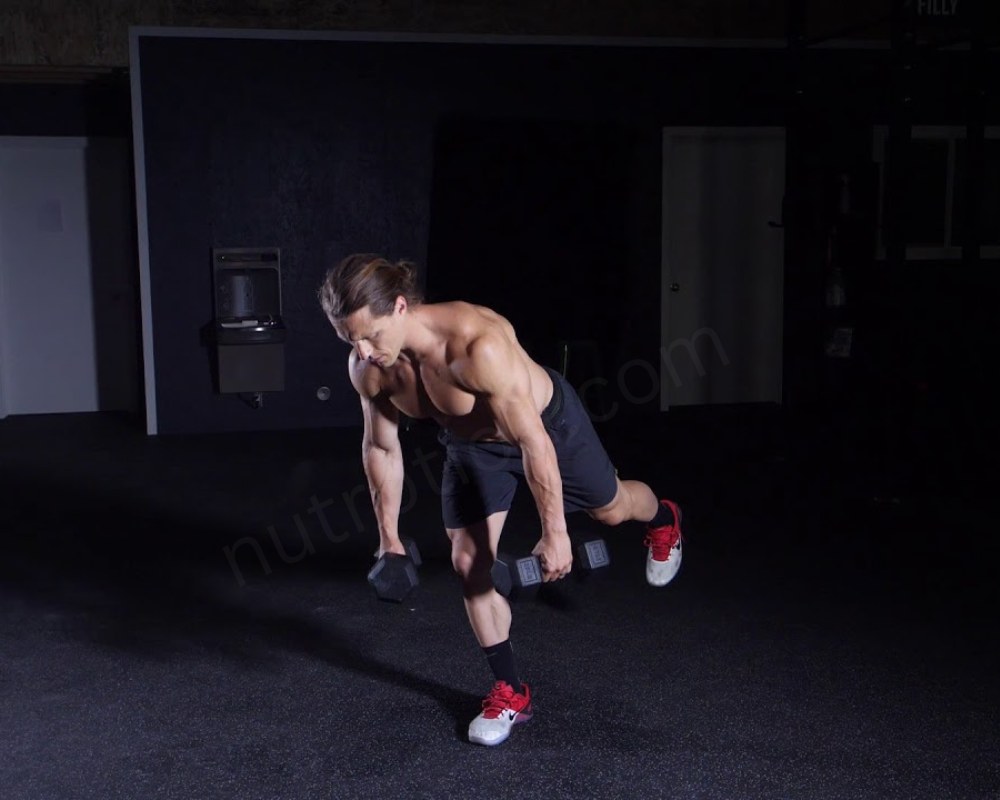
It will also reduce your range of motion since it will stop the descent of the barbell just above your knees. It targets the hamstrings and glutes while simultaneously minimizing the pressure on your lower back area.
- Trap Bar Deadlift
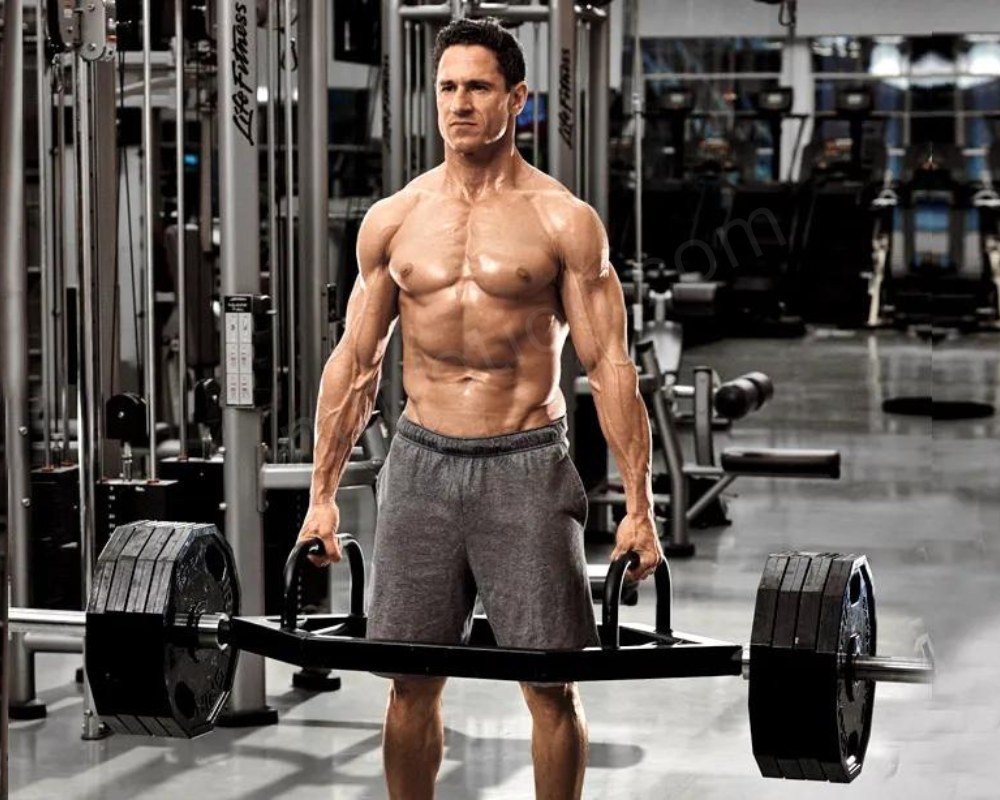
The Trap Bar Deadlift uses a special hexagonal barbell you stand inside. This keeps the weight closer to your body’s center, which can be easier on your lower back.
In conclusion, deadlifts are great but need care. Focus on doing them right, listen to your body, and slowly add more weight as you get stronger. With dedication to safety and good form, deadlifts can help you get stronger and more functional.


